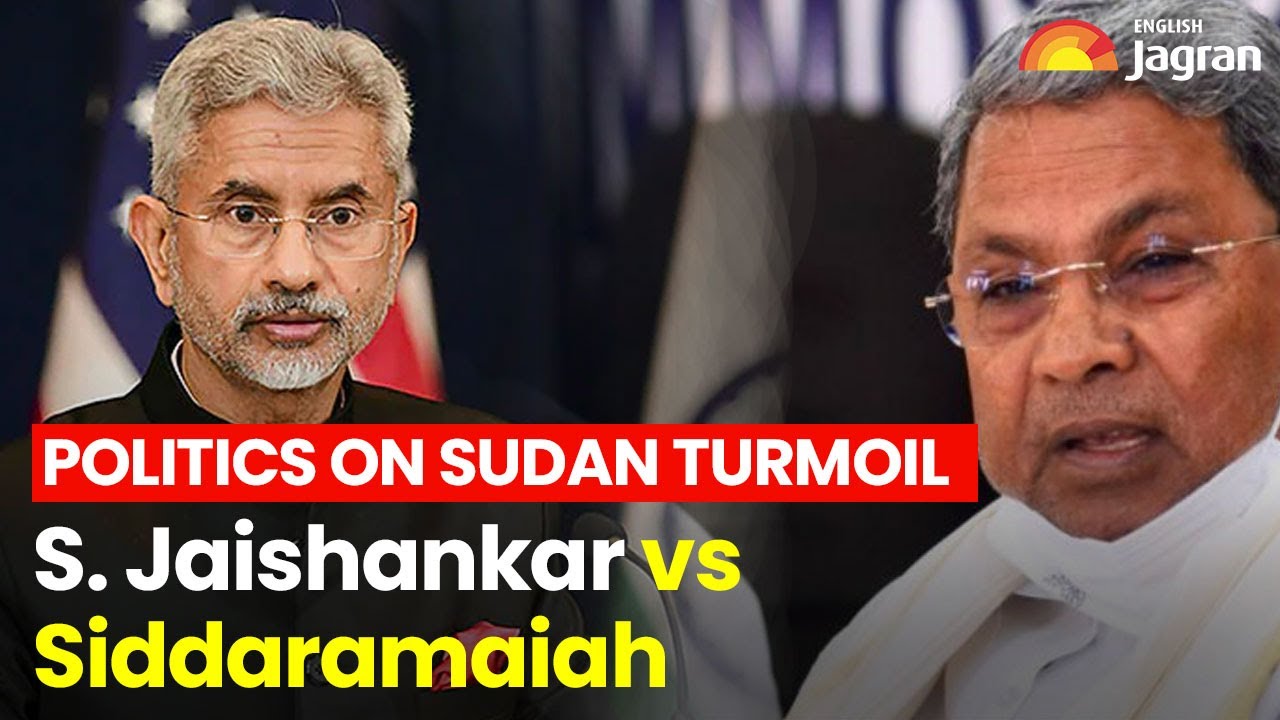
Congress at a Crossroads: The Implications of the MUDA Case on Siddaramaiah’s Political Future
As the political landscape in India shifts with upcoming elections in Haryana, Maharashtra, and Jharkhand, the Congress party finds itself in a precarious situation regarding its leadership, particularly concerning Karnataka Chief Minister Siddaramaiah. Following a recent high court ruling regarding the land allotment scandal linked to the Mysore Urban Development Authority (MUDA), questions about Siddaramaiah’s political fate continue to loom large.
A High Court’s Stinging Observation
The Karnataka High Court’s endorsement of Governor Thawar Chand Gehlot’s order for an investigation into alleged irregularities has sent shockwaves through the Congress ranks. Amid the tussles of Indian politics, it seems the very foundations of Siddaramaiah’s leadership are being scrutinized. While Rahul Gandhi stands resolutely behind him, other key figures in the Congress family, notably Sonia and Priyanka Gandhi, may be sympathetic to Deputy Chief Minister DK Shivakumar, who is rumored to be interested in the Chief Ministerial position. As such, Siddaramaiah’s allies are left to wonder: will he survive this storm?
 The political landscape in Karnataka shifts rapidly amid scandals and court rulings.
The political landscape in Karnataka shifts rapidly amid scandals and court rulings.
Legal Maneuvers and Strategies
In the wake of the ruling, Siddaramaiah plans to challenge the decision by filing a review petition. This legal maneuver might buy him some breathing room, but his fate hangs on the advice of senior advocate Abhishek Manu Singhvi, who led arguments in his favour before the court. Speculating whether he has enough legal ground to continue could be pivotal for Congress’s strategies moving forward.
The judge’s decision, which drew from substantial evidence presented by the complainants, underscored a troubling narrative regarding the allotments of 14 land sites, netting a whopping Rs 55.80 crore. The observation that “It is difficult to accept that the beneficiaries were not behind the curtains” paints a grim picture for Siddaramaiah.
Political Fallout and Public Perception
Siddaramaiah’s response has been equally combative, as he accused the BJP and JD(S) of “revenge politics,” claiming his long-standing dedication to social justice has put him in the crosshairs. He insists he welcomes the investigation, believing that the truth will shine through. However, this scandal—and accompanying court ruling—has undeniably sullied the “clean record of public life” he often refers to.
 The unfolding political drama raises questions about integrity and loyalty.
The unfolding political drama raises questions about integrity and loyalty.
In an attempt to address public concern, Siddaramaiah’s administration initially suspended former MUDA commissioner Dinesh Kumar, citing breaches of government regulations. However, in a surprising turn of events, Kumar was reinstated shortly thereafter without a clear rationale, only adding to the skepticism surrounding Siddaramaiah’s governance.
The Bigger Picture: Party Dynamics and Future Implications
As Congress gears up for pivotal elections, the dilemma surrounding Siddaramaiah raises fundamental questions about the party’s internal dynamics. If Siddaramaiah were to falter, would Shivakumar position himself to seize power? The potential for an internal split looms large, as does the impact on Congress’s ability to maintain its voter base amidst growing unrest and scrutiny.
 The forthcoming elections could redefine political allegiances within Congress.
The forthcoming elections could redefine political allegiances within Congress.
Conclusion: Standing at a Crossroads
In the murky waters of Indian politics, the aftermath of this case has left Siddaramaiah and the Congress party at a treacherous crossroads. As legal battles loom, and with public opinion rapidly shifting, the wider implications for party leadership, electoral prospects, and political integrity are substantial. How Congress navigates this crisis will likely determine its course leading into the upcoming elections and beyond. Only time will tell if Siddaramaiah can maintain his grip on power, or if the tides will shift in favor of new leadership.
In the face of such challenges, what’s next for Siddaramaiah and Congress remains a question that both supporters and critics alike are eager to see answered.












